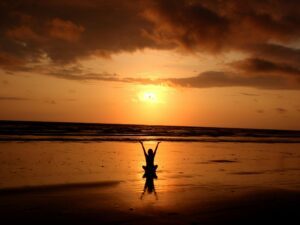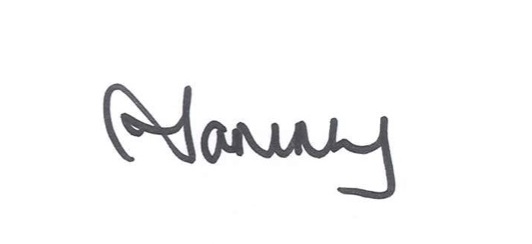
I was efficiently working my way through the yoga poses when our teacher reminded us that the pause between poses is as significant as the action itself.
Our everyday lives are so full of action that many of us have little space for pause. Or pause becomes annoying, a frustration, stopping us from achieving the next task or thing to be ticked off our ever-growing to-do lists.
Despite the work of Andrew Huberman and others showing the benefit of being deliberate with ultradian rhythms, much of our working life actively works against such rhythms. We find ourselves sitting in meetings for many or most hours each day, with little time for focused work, movement and very little (if any) time for pause. We may get to the end of the day, wondering what we’ve accomplished other than a longer list of actions than when we started the day.
As Dr Adam Fraser PhD writes in his great book, “The Third Space”. He says “it’s not what you do – it’s what you do in-between what you do – that really matters! The Third Space is that moment of transition between one role or task to the next role or task.” (Watch his YouTube video for a great summary: https://lnkd.in/guwwmGcr)
We need pauses in our lives for recovery, creativity, imagination, and clarity of thought. We particularly need them in the workplace, where they are often most absent.
Here are a few things you can do in the workplace to help with the pause:
*Consider scheduling meetings that last 45 minutes (or less) to allow for pause and reflection after the meeting (note this doesn’t mean adding in a meeting after the meeting to make good use of the “extra time”).
*Schedule walking meetings that allow for movement. These meetings are often more efficient and effective than the standard sitting-around-the-boardroom table meetings, and they tend to have more natural pauses built in, keeping you productive and engaged. Walking meetings bring the added benefit of being outside (even better if you can include nature in that equation by walking in a park, by a river or water).
*Meet a colleague for a yoga class or a walk at lunch. Or take yourself out on a walk and do a guided walking meditation for 15-20 minutes.
*Look at your diary and be honest around when the deep focused work is being done – if at all. Which meetings can you eliminate? What changes can you make? Read this wonderful post from Atlassian, who have done great research in this space for many more ideas. https://lnkd.in/gZcvEW6z.
Whatever the pause looks like you for – actively looking for ways to build it into your working day will reap rewards way in excess of the minutes you spend “doing nothing”. Happy pausing 😉
See you soon,

First published as a LinkedIn Post for our business Neuro Nudges.

